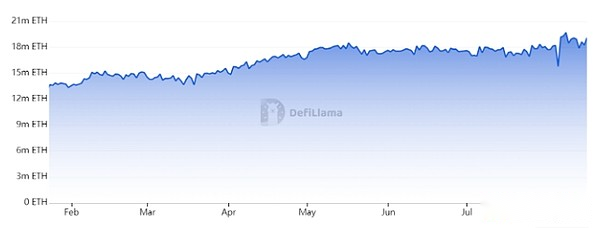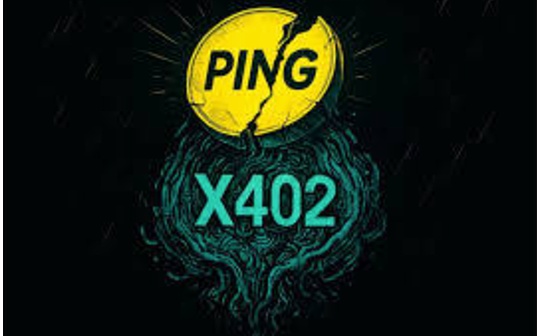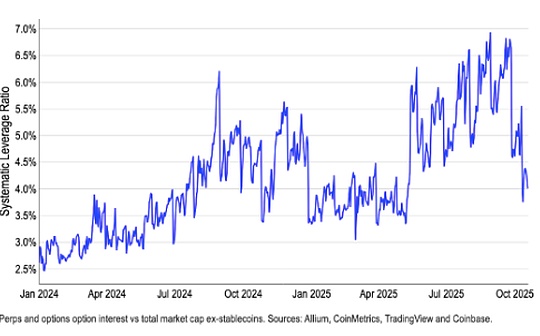
Author: Marcel Pechman, CoinTelegraph; Compiled by: Tao Zhu, Bitchain Vision
ETH has been trading in the narrow range of $2,300 since August 9, maintaining a solid support level of $2,550.However, that was down 20% from three weeks ago, when ETH closed above $3,300 in July.The decline comes after a widespread decline in cryptocurrency prices, but Ether also faces its own special challenges.The decentralized applications (DApps) of the Ethereum network have dropped significantly over the past seven days.
Spot Ethereum ETF liquidity and weak Ethereum network activity limit the rise in ETH prices
Part of the reason Ethereum failed to maintain its bullish momentum can be attributed to the poor performance of spot Ethereum Exchange-Traded Funds (ETFs).According to Farside Investors, the recently launched ETF has experienced a net outflow of $30 million since Aug. 9.Despite these outflows, traders remain optimistic that inflows from major players such as BlackRock and Fidelity will offset the outflows from Grayscale’s ETHE, although this remains to be seen.
Although the Ethereum network charges far more than its competitors, it remains the leader in total lock-in value (TVL) and transaction volume.This fee difference presents challenges as user experience on Ethereum is detrimental to the second layer solution, creating opportunities for the niche to gain traction on alternative networks such as Solana, BNB Chain and TON.In fact, according to DappRadar data,None of the top 12 DApps by number of users are based on Ethereum.

Top DApps ranked by 7-day active address.Source: DappRadar
Uniswap, the best performing DApp on Ethereum, reported 114,180 active addresses in the past week.By comparison, Pump.fun on Solana attracted 225,110 active addresses during the same period, while Move Stake on BNB Chain attracted 213,010.This comparison does not consider the very successful Ethereum Layer 2 ecosystem, which includes solutions such as Base, Optimism and Arbitrum.According to L2Beat, these Tier 2 solutions reached an all-time high in activity volume on August 17, with a peak of 348 transactions per second.
Ethereum TVL increases, but on-chain transaction volume decreases
There is no doubt thatUsers value Ethereum’s cybersecurity because Ethereum can final settlement, but with the aggregation of transactions, this strategy will lead to a decrease in demand for ETH.therefore,Although the Ethereum Layer 2 ecosystem is continuing to grow and develop, the reduction in Ethereum base layer activity may have a negative impact on ETH price.DappRadar data shows that the sharp decline in Ethereum network activity over the past week provides investors with sufficient reasons for concern.

Top blockchains ranked by 7-day DApss transaction volume.Source: DappRadar
Ethereum’s seven-day trading volume fell sharply by 33%, to $39.04 billion.The same trend has occurred for its competitors: BNB Chain’s trading volume was down by 26%, Solana’s trading volume was down by 23%, and TON’s trading volume fell by 46% during the same period.This general decline in transaction volumes suggests a general decline in interest across the industry, rather than a problem specific to the Ethereum network.
On the positive side, according to DefiLlama’s data,Ethereum’s total locked value (TVL) grew by 9% in 30 days,It reached 18.6 million ETH on August 18.By comparison, BNB Chain’s BNB deposits fell by 3%, and Tron’s TRX TVL fell by 7% during the same period.This difference reflectsInvestors’ medium-term confidence in Ethereum prices.

Ethereum Network TVL, ETH.Source: DefiLlama
Highlights of the Ethereum network include Symbiotic (a restaking solution with $1.58 billion in deposits) and Magpie Ecosystem (a decentralized finance and income platform with $1.37 billion in deposits).While the general decline in cryptocurrency interest, as can be seen from price declines and on-chain indicators, suggests Ethereum may face a longer road to recovery of $3,300, the decline in DApps is not the reason for immediate concern.








